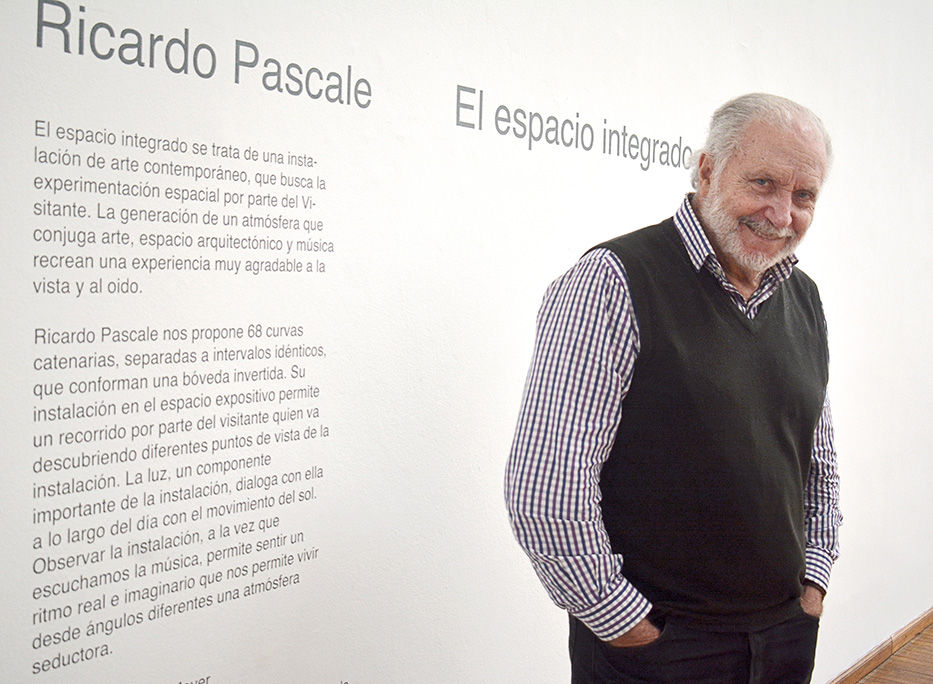At the Blanes Museum in Montevideo, Ricardo Pascale exhibits a monumental work, unique for our country and that could well be exhibited in the best museums or galleries in the world.
The renowned artist was the representative of our country at the Venice Biennale in 1999, he founded the Figari Prize in Visual Arts of Uruguay in 1985, when he was president of the Central Bank of Uruguay. He is a man who stands out for his unique career both in the field of economics and finance, as well as in the visual arts.
Ricardo Pascale’s exhibition, as Enrique Aguerre, director of the Visual Arts Museum points out: “… is very good news for all of us who closely follow the work of a creator who, due to his career, marked by uniqueness and innovation deserves a prominent place in contemporary art produced in our country “.
The integrated space is a contemporary art installation, which seeks spatial experimentation on the part of the visitor. The generation of an atmosphere that combines art, architectural space and music, which recreates an experience that is very pleasant to the eye and to the ear.
The proposal is made up of 68 catenary curves, separated at identical intervals, that make up an inverted vault. Its installation in the exhibition space allows a tour by the visitor, who is discovering different points of view of it.
Light, an important component of the installation, dialogues with it throughout the day with the movement of the sun. Observing it, while listening to the music, allows us to feel a real and imaginary rhythm that invites us to perceive a seductive atmosphere from different angles.
In the words of the renowned artist Marco Maggi: “There are no pedestals, there is no illuminator or explanations. There is Pascale: suspended drawing, line released from the plane, lax lines on a three-dimensional page (…) Looking up together will stimulate us hope … Pascale helps to think about space “.
Going into space, between the strings, marvels, relaxes, releases, frees and allows travel, transforming the world that the artist represents into the simplest or most virtuous imagination, into a new world that each observer in his own construction allows himself to enjoy .
For her part, the director of the Blanes Museum, Cristina Bausero, comments: “Pascale creates an installation that appropriates the room and integrates art and architecture in a dialogic result that leads the visitor to live a body space experience that transcends the contemplation of the play”.
Undoubtedly, it is an unmissable sample on which Aguerre argues: “Ricardo Pascale is an artist who questions matter and space and for whom tools and different artistic disciplines are at the service of his art and not the other way around”.





